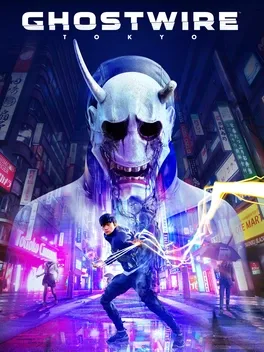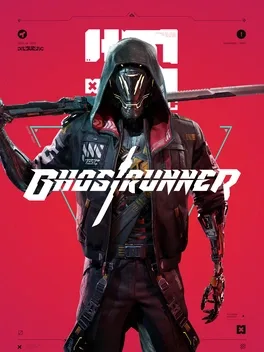Jacob Zeranko
This author account hasn't been claimed yet. To claim this account, please contact the outlet owner to request access.
Writing For
Latest Reviews
Granblue Fantasy Versus: Rising took what made its predecessor and Guilty Gear Strive so accessible and doubled down on it. Players can still opt to use the traditional D-pad inputs+button system to perform special attacks, but they are not limited to that. To perform an ability, all players need to do is press the right trigger and/or any directional input; and to use an ultimate ability, press both triggers simultaneously. These can be powered up further by adding "X" or "A" to the mix (PlayStation and Xbox controllers respectively). To prevent spamming of these abilities, players have an energy meter that is depleted with use and the abilities each have their own cool down. This is by far the most balanced, effective, and unique aspect of the game that will open the door to a lot of new players and give them everything they need to get started in this series and genre.
The platforming, while fun, is definitely the weaker side of the action platformer. The gunbrella is the main tool for platforming and can be used to propel the player forward horizontally, diagonally, and vertically, essentially serving as a dash and double jump. It can also act as a glider to travel long distances or to hook onto ropes and turn them into ziplines. What really brings the platforming down is the Murray's jump height, which is weirdly low in ways that feel unnecessary. There are plenty of obstacles that make use of the gunbrella and Murray's ability to wall-jump, which makes small ledges that are a single pixel too high for Murray's jump feel annoying and unnecessary.
The second major criticism is about the game's combat which, like the open world approach, won't be for everyone. Players can either play stealthily, prioritizing Akito's spiritual bow and quick purges, or using his elemental abilities for head-on encounters. While the game offers upgrade paths to avoid pushing players towards any particular playstyle, the clunkiness of the camera can make all-out aggressive combat a bit annoying. Like the original PlayStation 5 release, there is a noticeable drag on the camera when trying to make the small adjustments necessary for aiming or quickly turning around. To combat this, Ghostwire: Tokyo uses an aggressive aim assist and allows players to account for dead zones, which does enough to minimize its presence, but it doesn't solve the problem.
However, it doesn't take long for the player to encounter Ghostrunner's biggest issue, which is the consistency of its mechanics. Platforming is the worst offender, as Jack will often refuse to wall-run, tether to a point, or grab onto the yellow speed rails. While the combat can also feel unfair at times, it's easy to adjust to as the player tries and tries again; but the platforming issues can easily make someone put the controller down for a bit. Having been reworked to better integrate with the PS5, one would expect these issues to be less present but that is sadly not the case.
Ninja Gaiden Sigma, like its accompanying ports, doesn't touch the gameplay or mechanics at all. Of the three, Sigma's level design is the most effective. Areas are open enough to explore but not too much as to make each area feel empty or bland. The combat feels both impactful and inconsistent, with Ryu's speed and raw power providing an abundance of bloody swordplay while the damage output feels random and prevents any kind of consistent play style. This is certainly not helped by the camera, which is an issue for every game in the Ninja Gaiden: Master Collection, as they utilize the outdated fixed-angle system which makes combat and platforming incredibly disorienting. While this camera plays well with games like Resident Evil 4 due to more moderate pacing, Ninja Gaiden's gameplay loop is far to fast and causes Ryu to either get lost in the crowd or get turned around when platforming.




